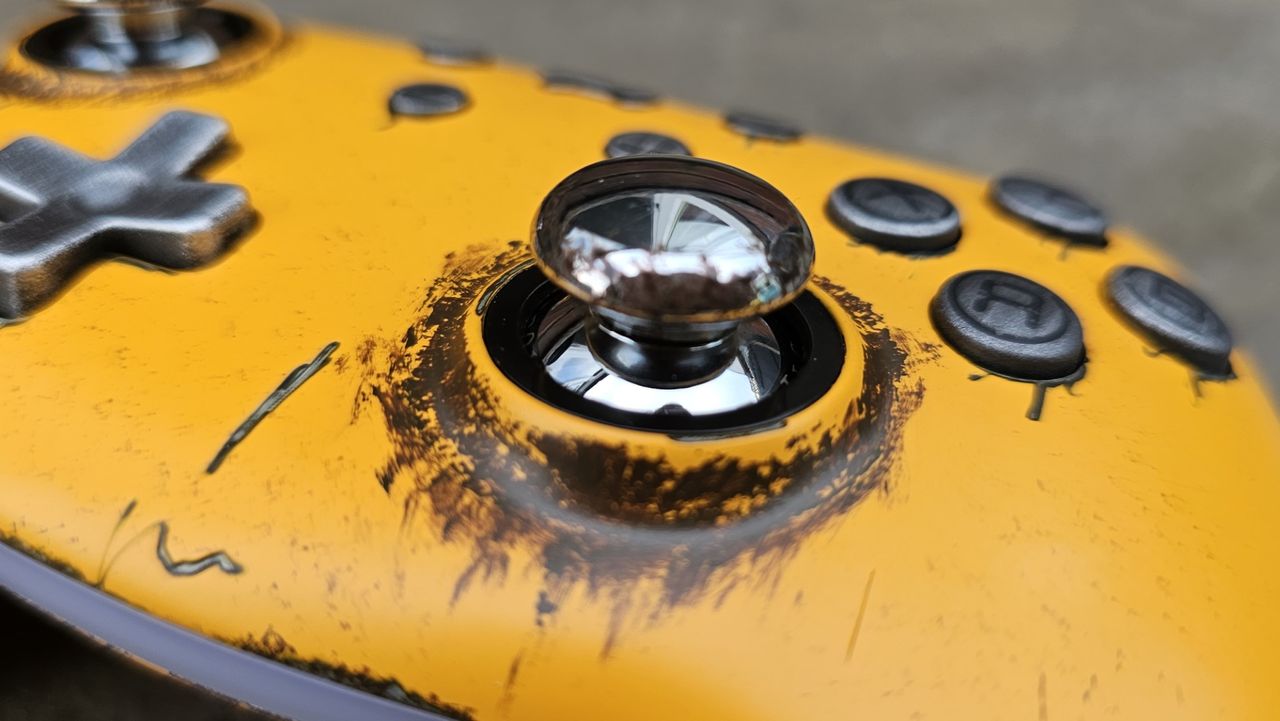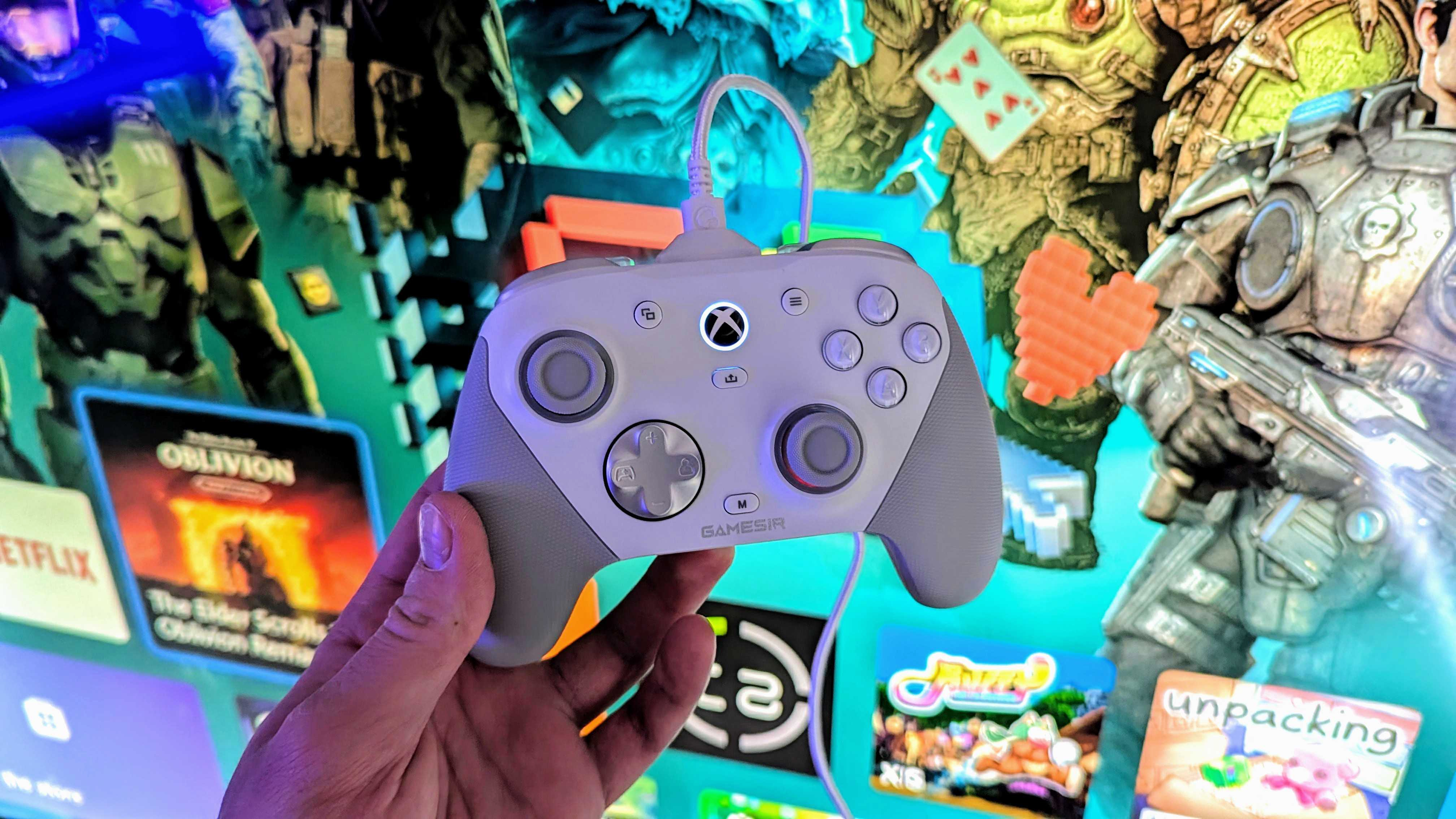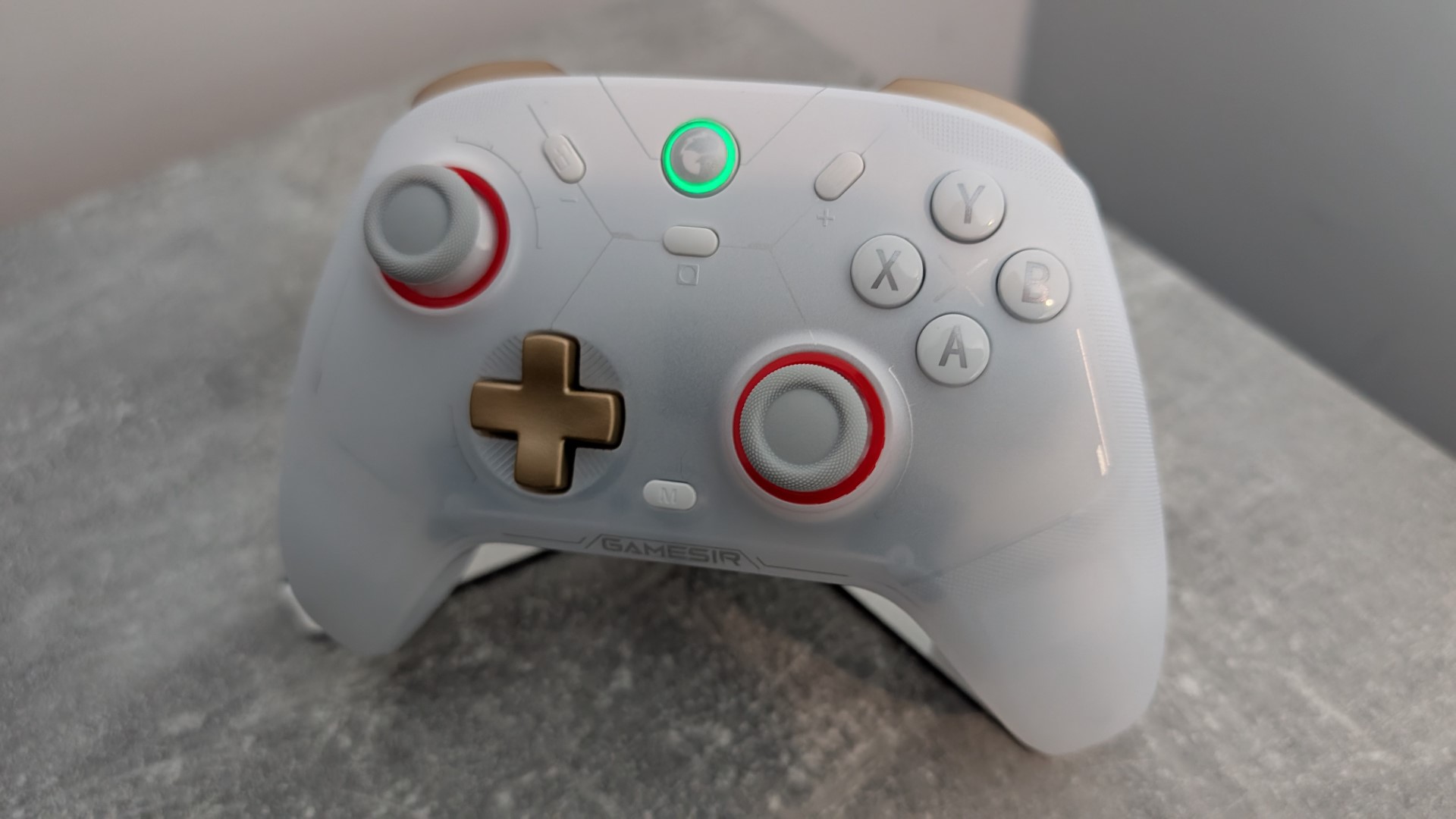
Occasionally, a new technical term appears in the world of controllers that even experienced collectors find confusing. The latest one is TMR, which stands for Tunneling Magnetoresistance. It sounds like science fiction, but it’s actually a new type of magnetic sensor being used in controller sticks, and several companies are starting to adopt it.
You’re likely still getting used to Hall Effect joysticks, which were designed to eliminate stick drift, and now TMR is being promoted as an even more precise technology. So what is TMR, how is it different from Hall Effect, and is it something you actually need in your controller?
What are TMR sticks?

TMR, which stands for Tunneling Magnetoresistance (and we won’t type that out again!), is a way to sense magnetic fields without physical contact, similar to Hall Effect sensors. However, TMR works by measuring changes in electrical resistance caused by magnetic fields, rather than changes in voltage. This allows TMR sensors to detect even the smallest movements and provide more accurate readings.
While the technology isn’t new – it was first used in the 1990s for hard drives and has been used in industrial and automotive applications for years – it’s recently become popular in gaming controllers. This is because the sensors have become smaller and cheaper, letting scientists miniaturize them so everyone from casual to competitive gamers can benefit.
How are TMR sticks different from Hall Effect?
Hall Effect sensors were a significant improvement over traditional analog sticks, and TMR (Tunnel Magnetoresistance) is the latest advancement. Both technologies remove physical contact, eliminating stick drift and increasing the controller’s lifespan. However, TMR offers even better performance. It’s more sensitive, meaning it can detect even tiny movements – a big advantage in games like racing or shooters where accuracy is key.
TMR sticks also use less power, which is especially beneficial for wireless controllers and handheld gaming devices.
Here’s a rundown of the three main types of controller sticks, ranked from most precise to least:
- Analog which relies on physical friction and wears down
- The Hall Effect, which uses magnets and voltage changes
- TMR which measures resistance instead of voltage
TMR sticks are known for maintaining their accuracy and responsiveness over time, with minimal drift or dead zones, even with frequent use. However, this improved performance comes with a higher manufacturing cost, which is why most gaming controllers currently use the more affordable Hall Effect or traditional analog technology.
Which controllers actually use TMR sticks?

Currently, only a few controllers use TMR technology, and none work wirelessly with Xbox consoles. However, you can find some options if you play on a Windows PC or Nintendo Switch, or if you connect a handheld gaming device to your TV.
If you don’t mind using a wired connection, the GameSir G7 Pro is compatible with Xbox. It’s more expensive than other GameSir controllers, but it includes comfortable rubber grips, customizable faceplates, responsive buttons, and a charging stand for wireless use on platforms other than Xbox.
If you game primarily on PC, and you have money to burn, the Razer Wolverine V3 8K is even better.
If you’re looking for a good deal, I’d recommend the GameSir Cyclone 2. It’s especially great if you can find it bundled with the magnetic charging stand. What really stands out is how smooth the controls feel – it really delivers on that fluid movement you want. Plus, the battery life is excellent. It usually costs around $55 with the stand, but it often goes on sale, so you might be able to snag it for $45 if you’re patient.
If you’re looking for a controller that works great with both the Switch and your PC, I’ve been checking out the GameSir Tarantula Pro. What’s really cool about it is you can actually customize the layout of the ABXY buttons – a surprisingly handy feature!
No matter which controller you pick, it should feel incredibly smooth and responsive when you move the sticks. I’ve tried more expensive brands like PB Tails, and while those are great, GameSir does a fantastic job of incorporating this technology into both their premium and more affordable controllers.
What gaming handhelds have TMR sticks?
Currently, no gaming handhelds use TMR technology, which is a shame because it could improve battery life compared to Hall Effect sensors. However, many manufacturers haven’t even started using Hall Effect yet.
Right now, only a few gaming handhelds feature Hall Effect – the Lenovo Legion Go, the Legion Go 2, and the Legion Go S. It seems Lenovo is leading the way!
Can I install TMR sticks myself?
Finding replacement parts for controllers and handheld devices can be tricky, but Gulikit offers a kit to replace the internal components of Xbox Series S|X and Elite controllers with TMR technology. Be aware that this isn’t a simple fix – it requires soldering, so proceed carefully if you’re attempting it.
Do I really need a controller with TMR sticks?
Generally, no. While you’ll definitely appreciate the improved lifespan and accuracy, Hall Effect technology is a huge upgrade from analog and works great for the vast majority of players.
If you mostly play casual games, a controller with TMR technology probably isn’t worth the extra cost. However, if you’ve dealt with stick drift or are particular about precise aiming, it’s something to consider.
TMR is a great upgrade for those who already use high-end controllers and want the latest features, but it’s not essential for enjoying games. If you’re buying a ‘pro’ controller, you should expect quality components that are built to last, so it’s good to look for TMR in the specifications.
Currently, TMR is similar to Hall Effect technology a few years ago – it’s a bit specialized and pricey, but becoming more popular. As production costs go down, we’ll likely see it appear in more affordable controllers, especially for handheld devices where battery life is important. Hopefully, major brands will eventually include it as a standard feature – though I suspect Xbox will be the last to adopt it!
Read More
- When Perturbation Fails: Taming Light in Complex Cavities
- Jujutsu Kaisen Execution Delivers High-Stakes Action and the Most Shocking Twist of the Series (Review)
- Fluid Dynamics and the Promise of Quantum Computation
- Where Winds Meet: Best Weapon Combinations
- FC 26 reveals free preview mode and 10 classic squads
- 3 PS Plus Extra, Premium Games for December 2025 Leaked Early
- Hazbin Hotel season 3 release date speculation and latest news
- Why Carrie Fisher’s Daughter Billie Lourd Will Always Talk About Grief
- TikToker Madeleine White Marries Andrew Fedyk: See Her Wedding Dress
- 7 Most Overpowered Characters in Fighting Games, Ranked
2025-10-27 14:12